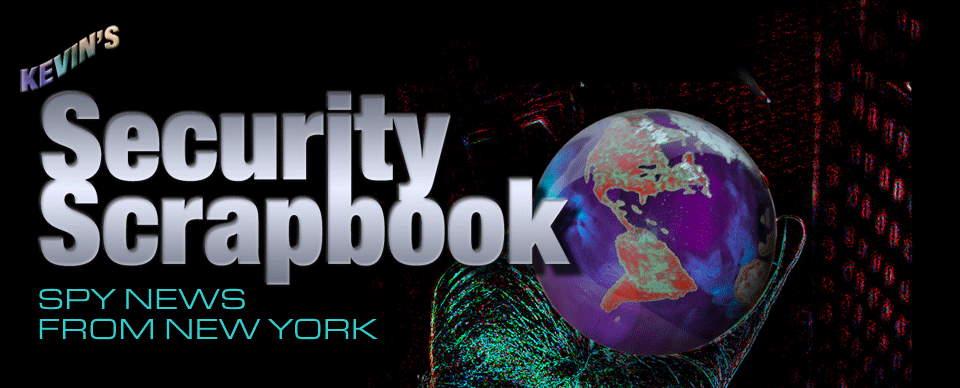I read this on a private detectives' news group this week...
"Does anyone remember the phone number which can be called to determine if a phone is bugged? I can't find it now that I have a use for it."
One of the answers this gentleman received, "
http://800notes.com/Phone.aspx/1-202-543-9994" I visited the link and had a good laugh reading the posts.
From a non-technical perspective, just looking at it logically, the answer is obviously,
NO. If there were a number, everyone would be using it and covert wiretapping would be impossible.
From a technical perspective the answer is obviously,
NO. There are a multitude of ways to bug or wiretap phones, many of which do not affect the electrical characteristics of the phone.
- So, why does this urban legend persist?
- Is there a shred of truth in it?
- When did it start?

I first heard the rumor in the 1970's, and yes, there is a shred of truth to it.
1. There was one telephone bugging device called the
Telecommand, and its variants
Infinity Transmitter and
Harmonica Bug. Generally speaking, these were audio room bugs, which could either built into the phone or attached to the line somewhere near the phone. They were activated by a tone sent up the line by the eavesdropper.
2. The phone company, at the time, had test numbers used by their techs. One of these test numbers produced a sweeping tone from low frequency to high frequency. Back in the early 1970's some of the sweep tone numbers were 212-324-0707, 213-615-0003, 213-277-9291, 213-783-0001, 202-560-9944.
Time to put 1 & 2 together...


If your phone or line was bugged by this specific type of eavesdropping device, AND you called the sweep tone test number from your phone, you MIGHT be able to detect that you activated the bug. Most of the professional TSCM telephone testers of this era had sweep tone testers built into them. The party ended when the phone company migrated from analog to digital (SS7) switching beginning in the mid-to-late 1970s.
With digital switching the ringtone the caller hears is not coming from the phone, but rather from the phone company switch. There is no audio path to the phone until it is answered. So, trying to send a tone up the line before the phone is answered is futile. Some versions of the bug tried to overcome this death knell by letting the call be answered, and then sending the tone as the person was hanging up, thus its name,
Keepalive.
Tip: If you have eavesdropping and wiretapping questions, please, contact a qualified specialist with a good reputation. There are plenty of us around. ~Kevin
P.S. Another phone number urban legend...
If you think your phone is tapped dial this # to find out: 101073217709889664
An automated voice will then repeat your phone number followed by an
"8" then nine "0's" and a number. If the last number is 1, 2, or 3
your phone is NOT tapped if it is larger than 3 then you have a problem.
 Harinder Pal Singh, who returned from the UK three years ago, claimed British police had installed chips in his body for spying...
Harinder Pal Singh, who returned from the UK three years ago, claimed British police had installed chips in his body for spying...














